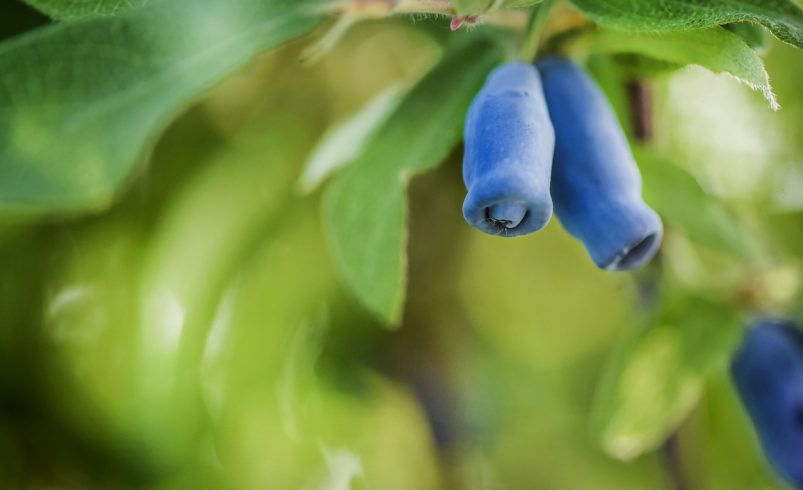How to Grow Honeyberries: Honeyberry Care Guide

Honeyberries are edible fruits that resemble blueberries which grow from a plant that is related to the honeysuckle. Read on to learn all about how to grow these , fruit-bearing shrubs.
Honeyberry plants (Lonicera caerulea) are fruit-bearing shrubs that are members of the honeysuckle family, Caprifoliaceae. Honeyberry plants go by many common names, including sweetberry honeysuckle, blue honeysuckle, bearberry honeysuckle, and haskap. These plants bear edible fruits called honeyberries along with deep green leaves.

Honeyberries are small, dark blue berries (similar in color to blueberries) that have a tube-like shape and a tart flavor reminiscent of raspberries. Honeyberry fruits can be eaten raw or used as an ingredient in ice cream or jams. Honeyberries are cultivated in many different parts of the world, including northern side. Honeyberry plants are incredibly and grow well in most soil types.
Honeyberry plants can be planted in the fall or early spring, after the last threat of frost from late winter has passed. Honeyberries grow well , preferring moderate to cooler climates. They can be planted anytime during the growing season and survive because they enjoy cooler climates. Honeyberry plants in full sun, so to make the most of the growing season, planting in early spring is recommended.
How to Grow Honeyberries
The quickest way to propagate a honeyberry plant is to buy a mature, established specimen from your local garden center and transplant it in your yard. Follow these simple DIY instructions for growing your own honeyberry plants.
Choose a location . Choose a location for your honeyberry plant that gets a lot of sun to maximize the chances of your plant bearing fruit. Honeyberry plants also need well-draining soil, so choose a location in your garden or a suitable container to keep your soil draining well.
Plant two honeyberry plants to cross-pollinate . Most varieties of fruiting honeyberry plants need a compatible variety of honeyberry to act as a pollinator. Planting two compatible varieties alongside each other will help them produce fruit. Compatible honeyberry plants are any different variety that has the same bloom time. Honeyberry plants should be spaced four to five feet apart.

Prepare your soil . Before planting your honeyberry plant or plants, test the soil to ensure it is draining well. Create a hole as deep and wide as your plant’s root system. Keep in mind that honeyberry plants have shallow roots.
Transfer your honeyberry to soil . Plant your honeyberry plant in the prepared hole. Backfill the hole with soil, holding the honeyberry upright, until the root system is firmly covered. Deeply water the roots after planting.




